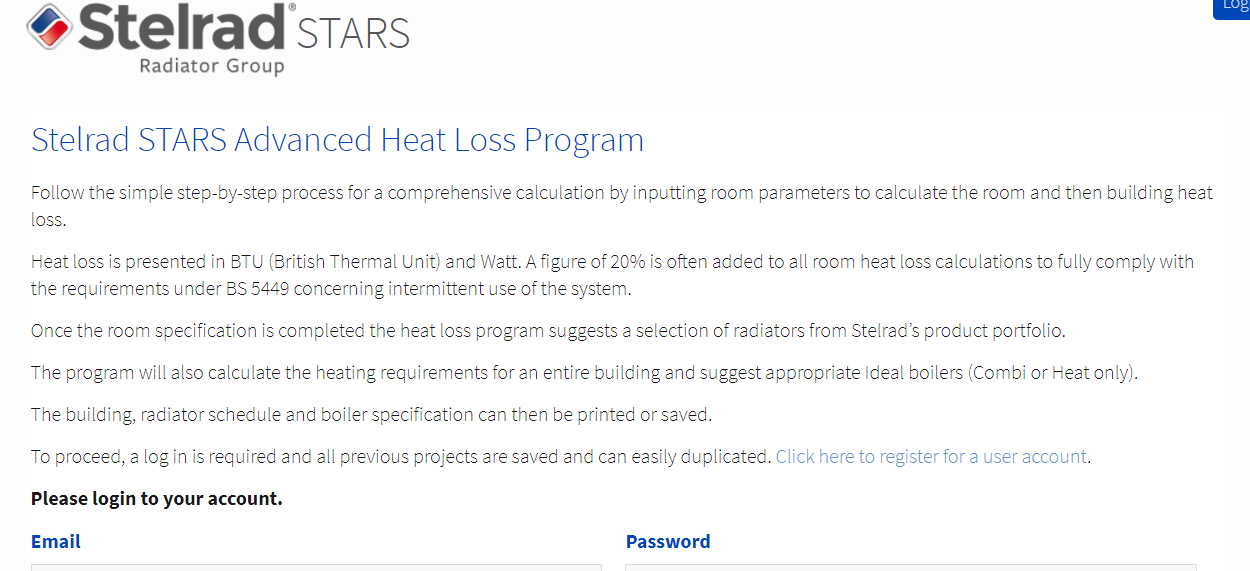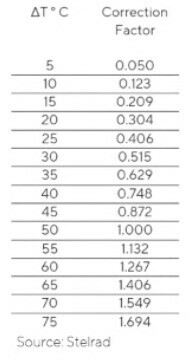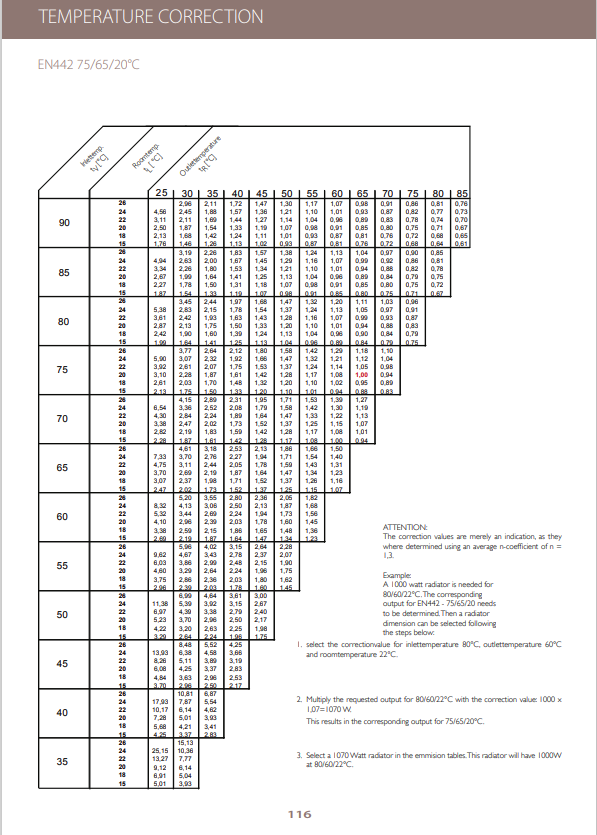Updated on 09/06/25 by Chris_OVO:
We’ve been keeping an eye out for some commonly asked heat pump questions our community members might be able to offer insight on. As we’ve pretty thoroughly covered pipe insulation, now it’s the turn of the radiators.
How many of you were able to keep the existing radiators when your heat pumps were fitted, and if these needed replacing how were the new radiator sizes worked out?
Do any of you have heat pumps powering underfloor heating in any part of your home and was this existing or has it been added along with the heat pump?
How is someone that’s considering a heat pump able to review their current radiators to know if they’re suitable or will need replacing? Tips and advice needed here!
Be great if anyone’s happy to share any before/after photos of any changes made to their radiator/underfloor heating set-up too.















